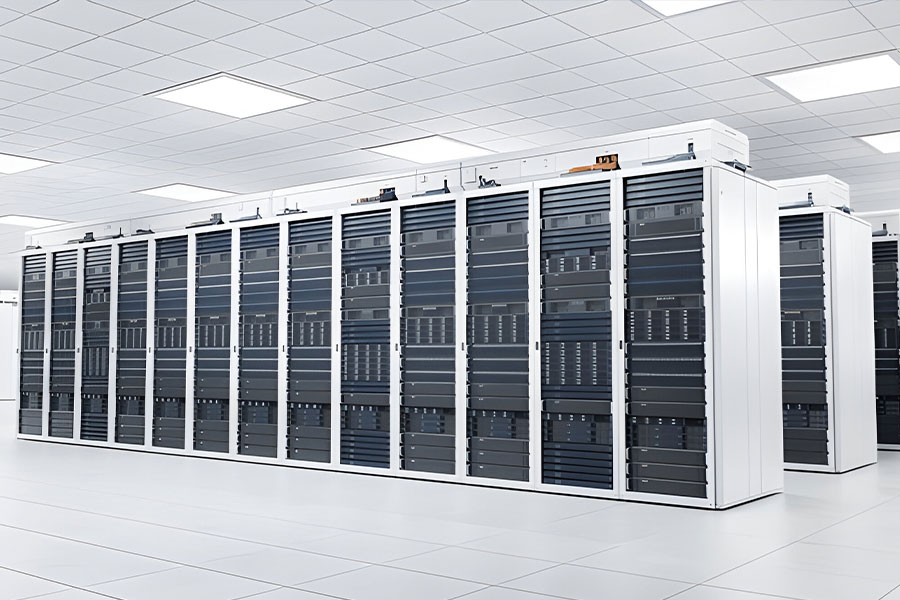As data centers continue to evolve, businesses are increasingly looking for infrastructure solutions that provide scalability, flexibility, and efficiency. Two of the most prominent architectures in this realm are Converged Infrastructure (CI) and Hyper Converged Infrastructure (HCI). Each offers unique advantages and challenges, making it essential to understand their differences when determining which is best for modern data centers.DapuStor has partnered with xFusion and Sangfor to enhance data center performance through advanced storage and processing solutions. This collaboration focuses on integrating DapuStor’s high-performance SSDs with xFusion’s compute capabilities and Sangfor’s software-defined data center technology.
Also Read: Turning Nature Data into Action: Lessons from Building Software for Our Future
Converged Infrastructure (CI)
Converged Infrastructure refers to the combination of compute, storage, networking, and virtualization resources into a single, pre-configured solution. Each component in CI is discrete, but they are bundled together and managed as a unified system. This architecture simplifies deployment and management by eliminating the need to integrate separate systems manually.
For businesses looking for reliability and ease of management in their data centers, CI offers several benefits. It provides a structured approach, making it easier to scale vertically by adding more components within the predefined configuration. Because the compute, storage, and networking components are separate, administrators can upgrade or replace individual parts without disrupting the entire infrastructure.
However, CI has its limitations. Its scalability is more rigid compared to hyper converged models, which can lead to inefficiencies if the data center grows rapidly or unpredictably. Additionally, managing multiple hardware components may still require significant expertise and maintenance effort.
Also Read: CIO Influence Interview with Vikas Ganoorkar, Global Cloud Migration Leader for IBM Consulting
Hyper Converged Infrastructure (HCI)
Hyper Converged Infrastructure, on the other hand, takes convergence a step further by integrating compute, storage, networking, and virtualization into a single software-defined solution. HCI leverages virtualization technology to pool resources together, allowing administrators to manage everything through a single interface. This reduces complexity while enabling the dynamic allocation of resources based on real-time needs.
One of the primary benefits of HCI in modern data centers is its scalability. Because HCI solutions are software-defined, they are highly flexible, enabling organizations to scale horizontally by simply adding more nodes as needed. This is particularly advantageous for businesses with fluctuating workloads, as HCI allows for efficient resource utilization.
Moreover, HCI simplifies management significantly. Since all components are virtualized and managed through a unified interface, administrators can automate many tasks, reducing the time and effort required for maintenance. However, the downside to HCI is its dependency on software, which may require specialized knowledge and potentially introduce complexities in large-scale deployments.
Which is Best for Modern Data Centers?
The choice between CI and HCI ultimately depends on the specific needs of the data center. Converged Infrastructure may be ideal for enterprises with predictable workloads and a need for a traditional approach to scalability. On the other hand, Hyper Converged Infrastructure is better suited for data centers that demand flexibility, simplicity, and dynamic resource allocation.
For most modern data centers, HCI is increasingly favoured due to its scalability, ease of management, and the ability to quickly adapt to changing workloads, making it the more future-proof option. However, CI still holds value for organizations that prefer dedicated hardware components with clear upgrade paths.
[To share your insights with us as part of editorial or sponsored content, please write to psen@itechseries.com]


